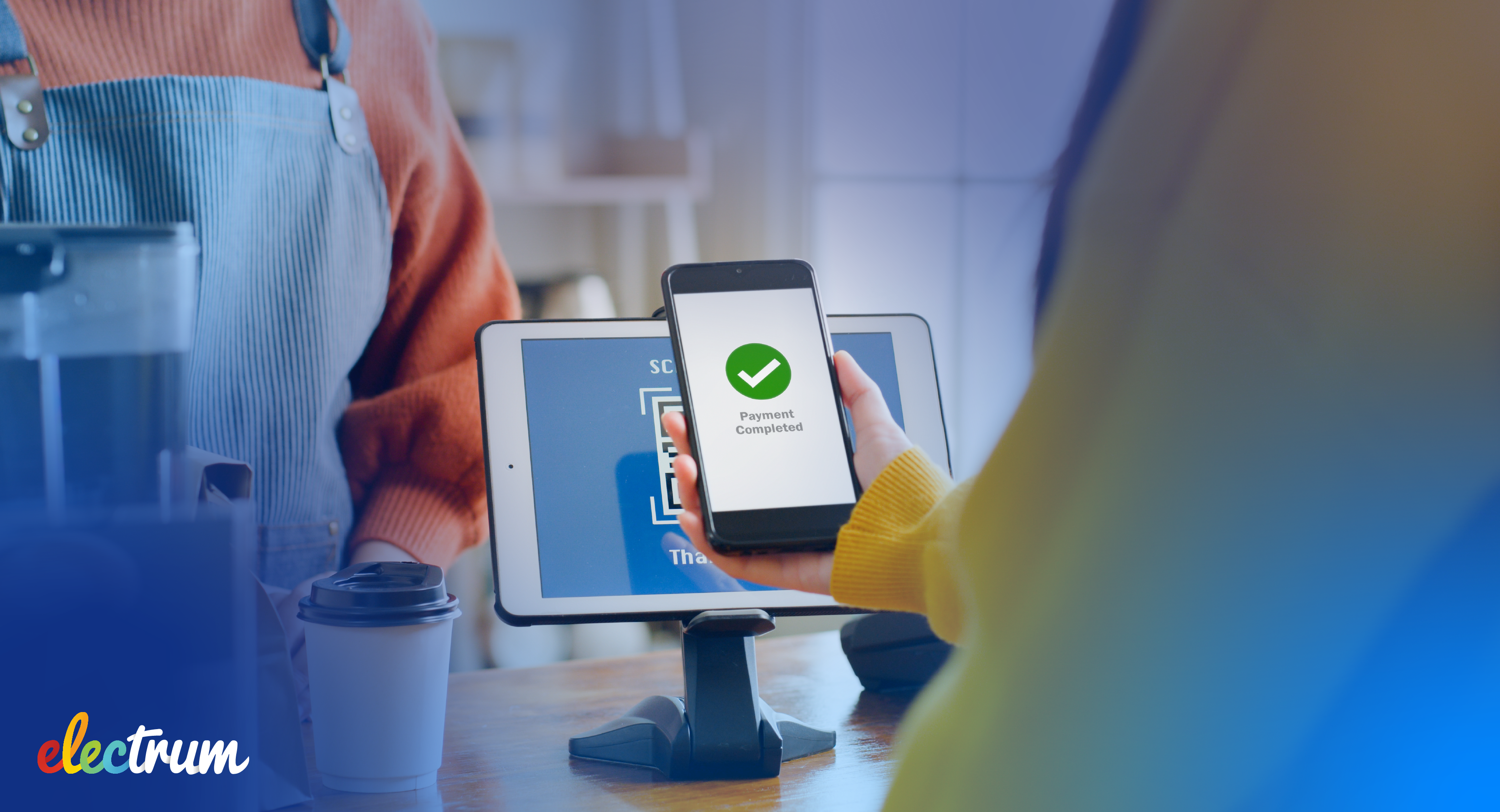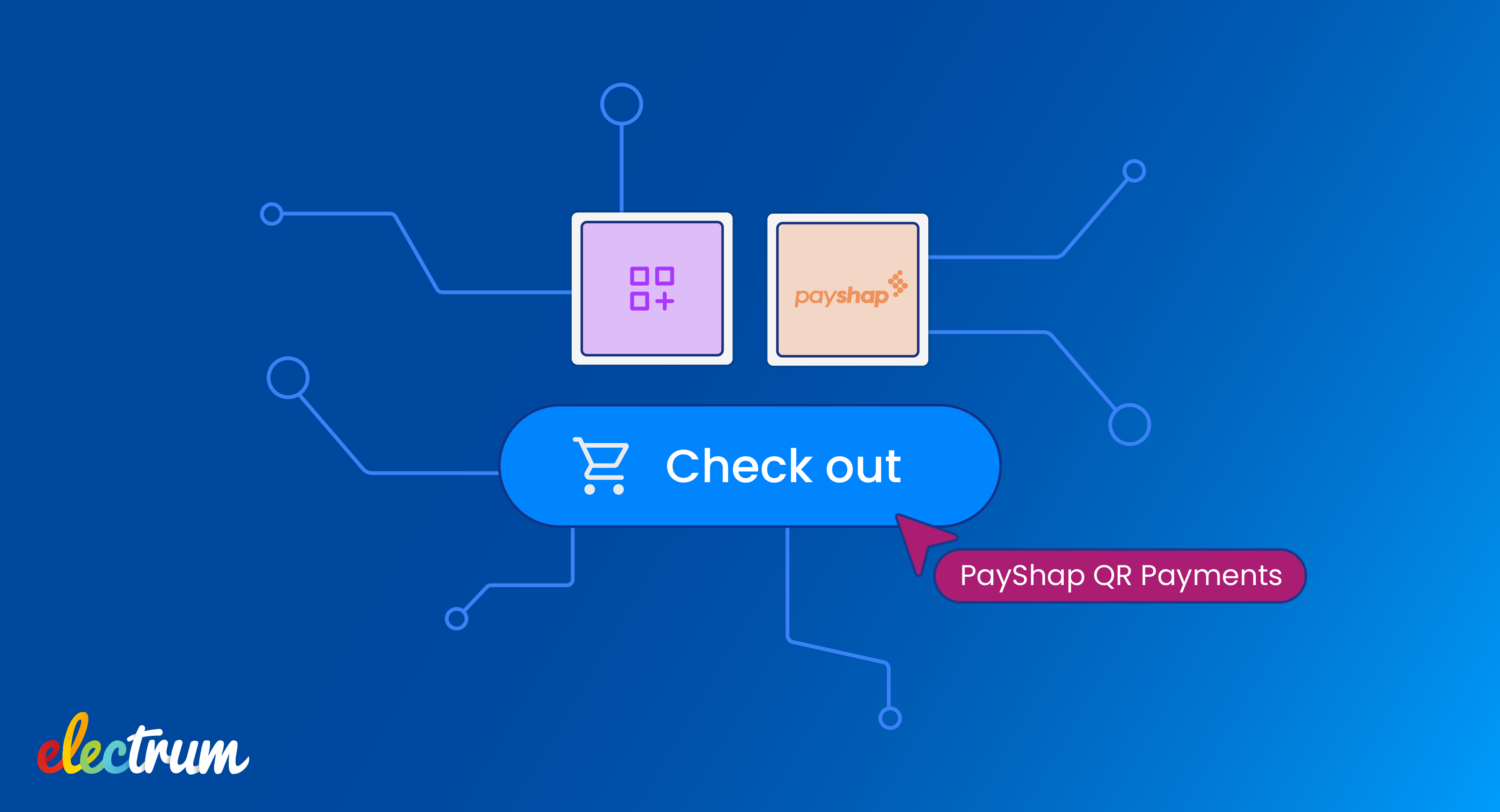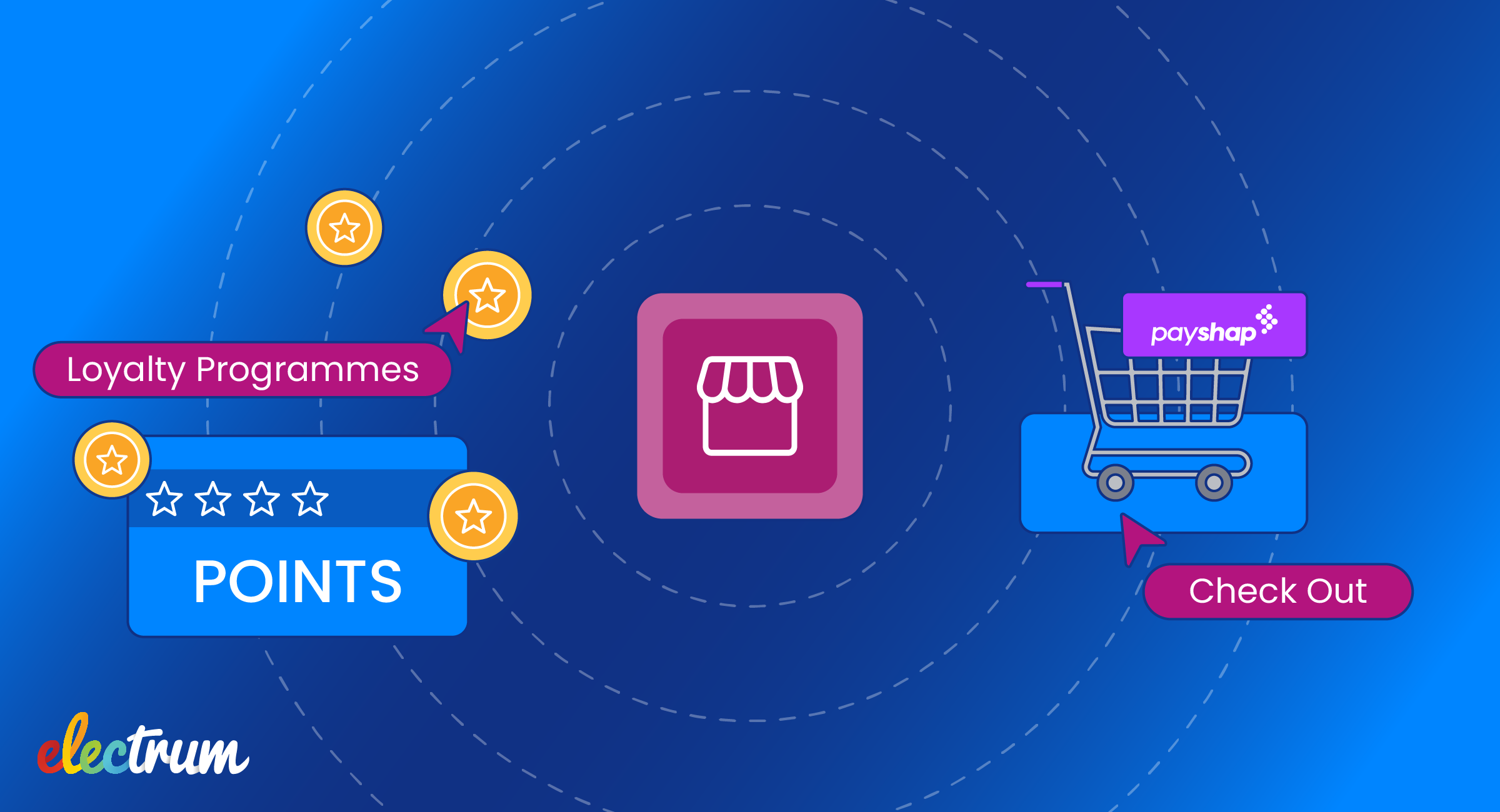
PayShap has launched in the South African consumer market, with the country’s top four banks having processed their first transactions in early March 2023. Now is the time for retailers to start exploring how to get the most out of the new initiative. Working alongside their acquiring bank to create a solution that is most advantageous to their businesses and their customers could be a key consideration.
Through the launch of Vision 2025, the South African Reserve Bank (SARB) outlined its vision and objectives for the modernisation of the National Payments System (NPS). The SARB mandated that the Payments Association of South Africa (PASA, now the Payments Industry Body or PIB) and BankservAfrica implement their goals. In doing so, the Rapid Payments Programme (RPP) was created to strengthen the NPS. The Programme, known as PayShap, is South Africa’s first instant interbank digital payment offering for low-value payments. The four banks who are part of the first cohort to go live as RPP participants are: Absa, Nedbank, FNB, and Standard bank.
PayShap is an instant account-based payment, similar to Electronic Funds Transfer (EFT) and Real-Time Clearing (RTC). A real-time account-based payment is different to a card payment as it is a push payment instead of a debit-pull, which means that control remains with the payee, and the payment is directly processed through BankservAfrica (as the clearing house) rather than card-based switches like Mastercard and Visa. It has been designed to clear faster than existing account-based schemes and should be “as quick, convenient and low-cost as cash” as it should take no longer than 10 seconds.
PayShap is not a new issuing service, since there are no new accounts or cards customers need; it is a new way in which businesses can accept and receive payment.
Importantly, this new payment type has also been designed with mobile banking channels in mind in order to be more consumer-driven and could be made available through channels such as “internet banking, banking apps”, or possibly via USSD. As PayShap is ultimately making it easier for the consumer to pay, retailers are presented with an opportunity to tap into this expanded customer base.
The pricing structure for PayShap was designed by BankservAfrica to be a more standardised and affordable alternative than the other two methods. However, the price point was not mandated, so the launch of PayShap saw banks setting their own prices - ranging from R0 to R7,50 (similar to existing prices for instant payments). With RTC, pricing is inconsistent, expensive, and is not easy for the payer to understand. The cost for merchants to process transactions with instant payment programs should be a fraction of interchange compared to other account-based transactions.
3 Ways retailers can win with PayShap
While traditional card payments are going to be hard to beat in an in-store setting for formal retailers (as payment is immediate, affordable and so well understood) when it comes to e-commerce, PayShap’s request-to-pay (RTP) feature will be pivotal. This allows businesses and their customers to digitally request payment from each other. As a result of RTP, three key improvements are brought to the payment experience, impacting both merchants and their customers.
1. Reduced complexity for reserving funds
PayShap will enable the merchant to send an RTP notification to the customer once the final order amount has been confirmed. With existing online payment methods the customer is required to pay before the success of the final order is known and then a complex refunding process is required if a certain item is unavailable or a substitute is needed. In comparison, with RTP, the merchant will be able to finalise the amount and then send an RTP notification to their customer. This makes for a much better and seamless user experience for the end customer and less complexity for the merchant.
2. Safer recurring payments
The RTP feature will bring more safety to recurring payments such as service subscriptions. This is because the fraud and risk rules associated with the solution are intended to reduce the complexities. The consumer has more control over the requests that come through and there is no need for sophisticated authentication such as DebiCheck mandates.
Since the customer is in control of executing ("pushing") the payment, there is no risk of payment against the customer's account without their approval. This reduces the risk of payment disputes as can be the case with debit order transactions while being simpler to manage and administer than DebiCheck-mandated payments.
3. Combatting reliance on cash
In South Africa, research shows that 53% of all point-of-sale purchases, and 9 out of 10 transactions are all still made in cash. PayShap is aimed at reducing cash reliance within this market by making it as easy to transact digitally as using cash. Therefore, merchants are likely to find that there will be a decrease in cash withdrawals but an increase in digital transaction volumes.
From a cost-to-the-company perspective: Since the payer is responsible for the costs associated with the transaction, and this is a payment type that is cheaper to run, the result can be much higher profit margins.
The value of the improved user experience for customers cannot be overstated. This payment type is intended to be cheaper, safer, easier and more efficient than others - leading to increased customer satisfaction, adoption, and retention.
Current industry progress
It has been stipulated that PayShap be implemented in two cohorts and through this process, different banks are at different stages of implementation. As of now, only the banks in the first cohort (Absa, Nedbank, FNB, and Standard Bank) have launched the first phase of their solutions, in March 2023.
PayShap is being released in two phases. The first phase only caters for Person-to-Person (P2P) transactions, where an instant clearing feature has been released for payments through account details or a unique identifier, such as a mobile phone number. The second phase will allow for the above-mentioned RTP feature, where customers have the option to request and receive funds in their bank account instantaneously.
Getting involved with P2B PayShap
As a merchant preparing for the next phase, it is advised that you speak to your acquiring bank to understand their plan for person-to-business (P2B) payments using PayShap. Collaborating closely with your acquiring bank is key for retailers as you can advise how the solution can be better suited to you and your customers' needs.
Some questions to consider asking your acquiring bank could be:
-
How can a PayShap solution be implemented at the point-of-sale in such a way that the check-out process is optimised for user experience and time?
-
How does the bank envision the in-store proxy experience such as the use of QR codes?
-
Are they looking at supporting PayShap via USSD channels in order to provide support for consumers who do not possess a smartphone?
-
What will their RTP solution look like and what features will be included to ensure a smooth but versatile solution that will support a variety of payment use cases?
-
What other banks or partners will be included in their PayShap solution network?
-
If they have not yet publicly announced their involvement, which cohort will they be in?
Reach out to the team if you are interested in learning more about PayShap and how you can start innovating with your bank, or follow us on LinkedIn to stay up-to-date with the latest Payments information.
.jpg)
Sarah Hohne
Sarah Hohne is a Product Marketer at Electrum. She graduated from AAA School of Marketing with a BA in Marketing Communications, and has experience working in the B2B tech industry. She is embracing the world of Payments at Electrum, with her dog Axel by her side.
Electrum Newsletter
Quarterly insights and news to help you keep up with the latest changes in the payments landscape







